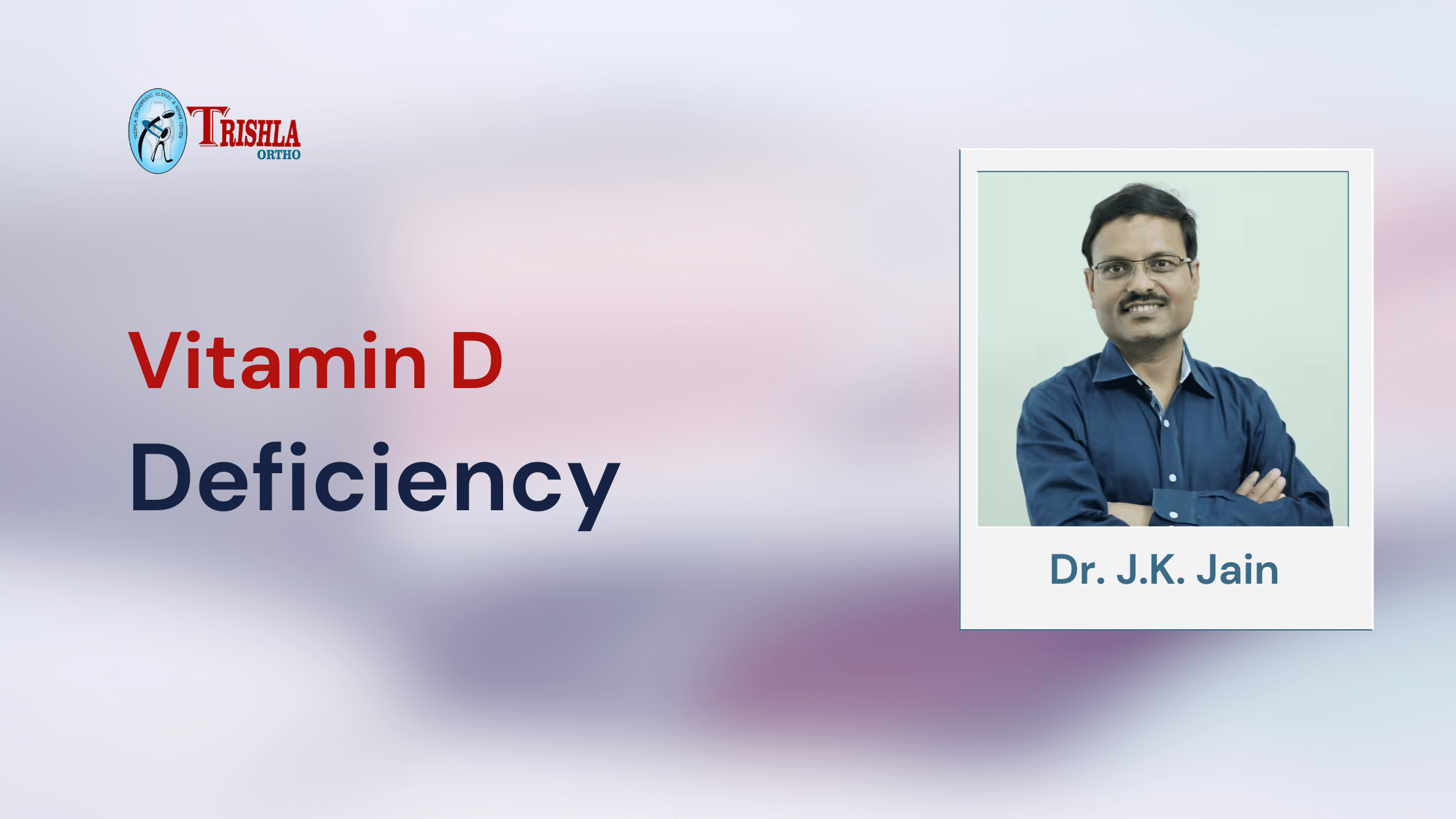Vitamin D Deficiency:
Vitamin D is synthesized in our body by Sun rays falling on our skin. This is a fat-soluble vitamin that gets collected in the liver and other fat depots. This is only found in some food items like meat and fish in natural form, otherwise, it is artificially added to some food items like milk-made foods, protein powder, and other food items. This vitamin makes bones and muscles stronger and also does many other activities like managing brain activities, organizing nerves and blood vessels, maintaining immunity, and affecting insulin control over sugar. When our skin comes in direct contact with ultraviolet rays of sunlight these rays synthesize Vitamin D in our skin which is converted to 25, hydroxy vitamin D in the liver after reaching through blood vessels. When it reaches the kidney it gets converted to active 125 Vitamin D and this active vitamin D works in all the body organs.
Vitamin D increases the absorption of calcium, magnesium, phosphorus, and other minerals. Today deficiency of Vitamin D has become very common. Nonexposure to the Sun, covering the whole body with cloths, less consumption of vitamin D-containing food, and liver, and kidney problems are the main reasons for this. Besides this in the elderly, very fair-skinned people are also at risk of developing vitamin D deficiency. In small children, it can be because of some hereditary problems. Vitamin D deficiency is investigated by blood investigation and X-ray. In small children, its deficiency is known as rickets. In rickets, the child can develop proximal muscle weakness, irritability, soft skull bones, limb deformity, delayed development milestones, pot belly, anorexia, etc. Vitamin D deficiency in adults is called osteomalacia.
In this problem, there is weakness, pain, and fatigue in muscles and also there is a chance of stress fracture of the hip and spine. Besides this, there is a reduction of immunity in these persons. Vitamin D Supplements are needed in persons who are less exposed to the Sun and are vegetarian. Today it comes in the form of tablets, capsules, powder, and injections of different strengths. Every person who is either deficient in Vitamin D or at high risk must take it with the advice of a doctor. Vitamin D daily supplements of 400-800 units are mandatory for all age groups but the requirement increases in growing children, pregnant, lactating mothers, and old age groups. In very early age children with rickets, mild to moderate deformity correct spontaneously with vitamin D and calcium supplements. Children of more than 7 years and with severe deformities in all age groups may need surgery. Usually, deformity occurs around the joint so deformity can be corrected by growth modulation. However, after the age of growth spurt, they may need osteotomy to correct the deformity.
Sufficient vitamin D levels are essential for normal skeletal development. This is particularly important in children with cerebral palsy or other neuromuscular disorders who are at an increased risk of osteoporosis.
Reference link –
https://www.hsph.harvard.edu/nutritionsource/vitamin-d/
https://www.aafp.org/pubs/afp/issues/2009/1015/p841.html











